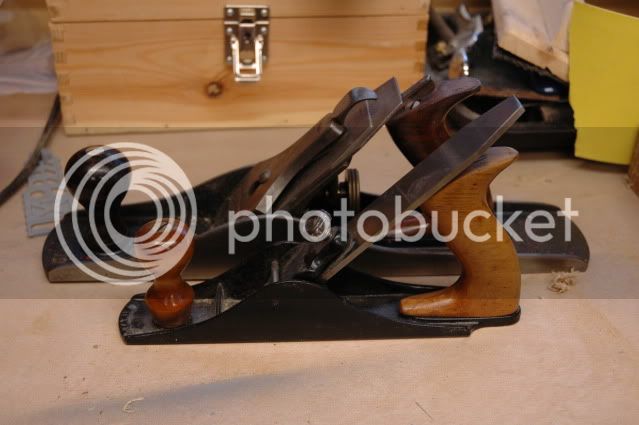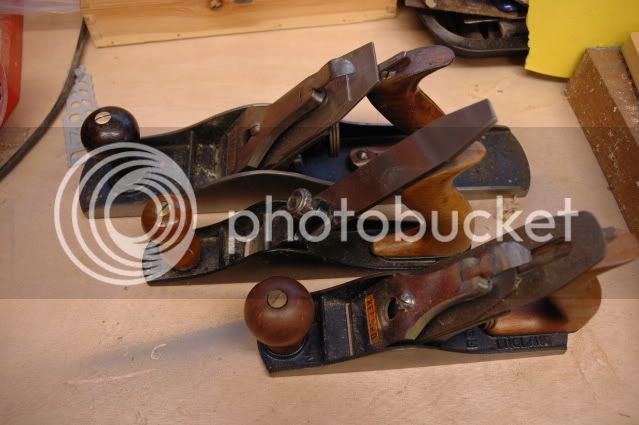Smudger
Established Member
I expect I was just being childish...
That's why I wrote "I have heard" which should indicate some degree of doubt.
That's why I wrote "I have heard" which should indicate some degree of doubt.

Well that's how it is over here. Discussion does seem to make people uneasy.Smudger":lmburimh said:I expect I was just being childish...
....
Clearly not.Smudger":s4thj5wm said:You really don't get it, even now, do you?
Well I can, but I'm not. I was addressing the issue of historical use with a suggestion that there's discussion aplenty of pertinence in the archive which interested parties might like to have a look at - rather than bury the OP's original question.mr grimsdale":de5h21qj said:You can't just tell him to trawl the archives and not to trouble us.
Alf":1qrx9jzn said:I'm getting a horrible feeling of déjà vu... There are more than a few discussions on the 'truth' behind the scrub in the archive, if anyone's desirous of being about 1000% more confused. :lol:


So if you do a deep cut the blades will last a bit longer, for reason explained above (depending on what the nasty surface consists of). Or similarly a 'scrub' will last better than a jack.big soft moose":1lux6ae3 said:....
I may not actually use my spare 5 for this as I tend to use the performance power planer o... for stripping off nasty surface but all knowledge is useful
big soft moose":1qbbuxct said:on a recent thread modernist wrote this
could he (or someone) explain what this means - bearing in mind my newness to hand toolage - and also how you do it and what the benefits are
Smudger":25zj4hzg said:
Digit":723hh2w7 said:If you habitually use both hardwoods and softwoods BSM why not set one No5 for each?
That way you pick up the plane knowing that the frog won't need adjustment.
Roy.
Enter your email address to join: